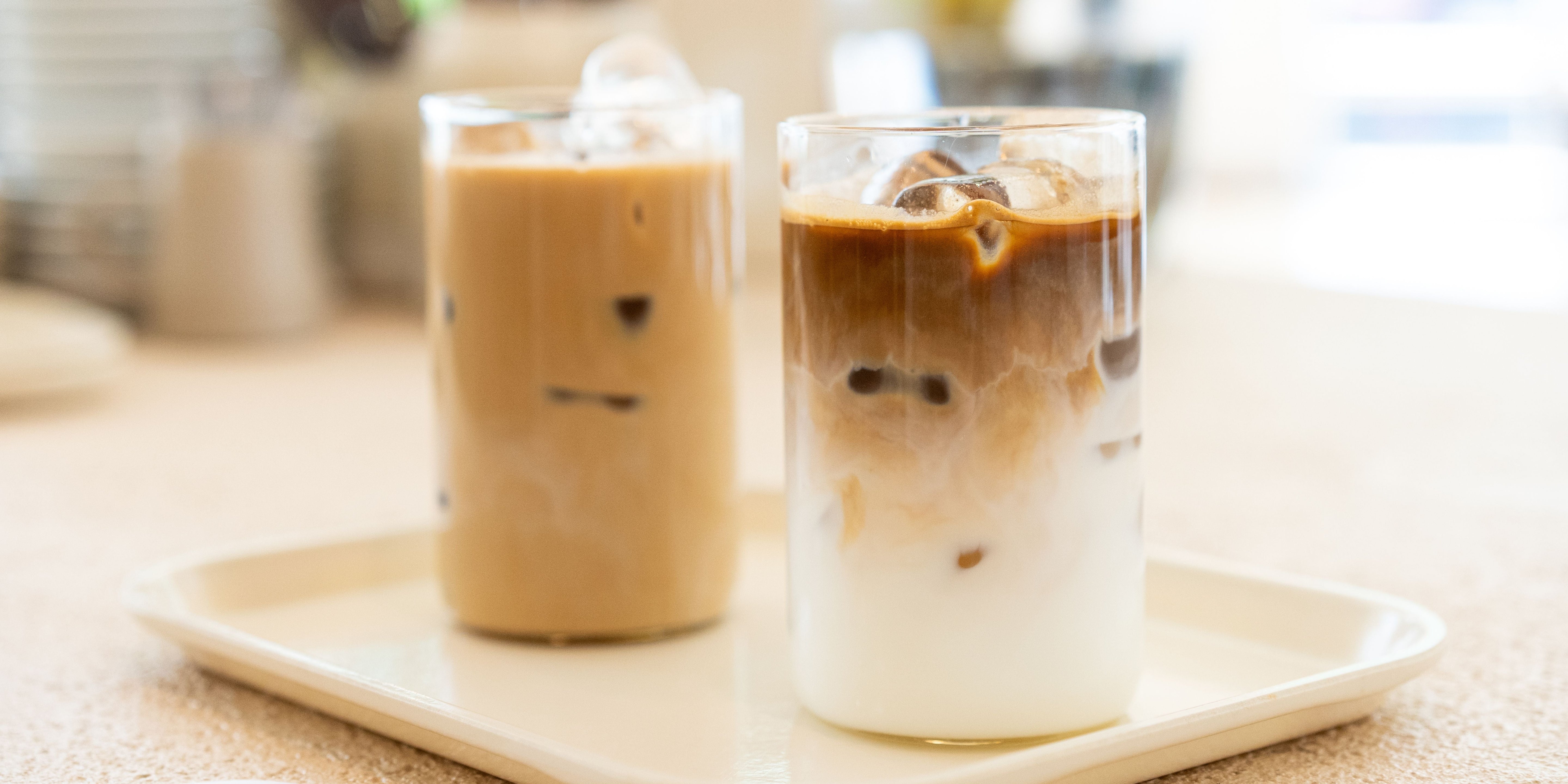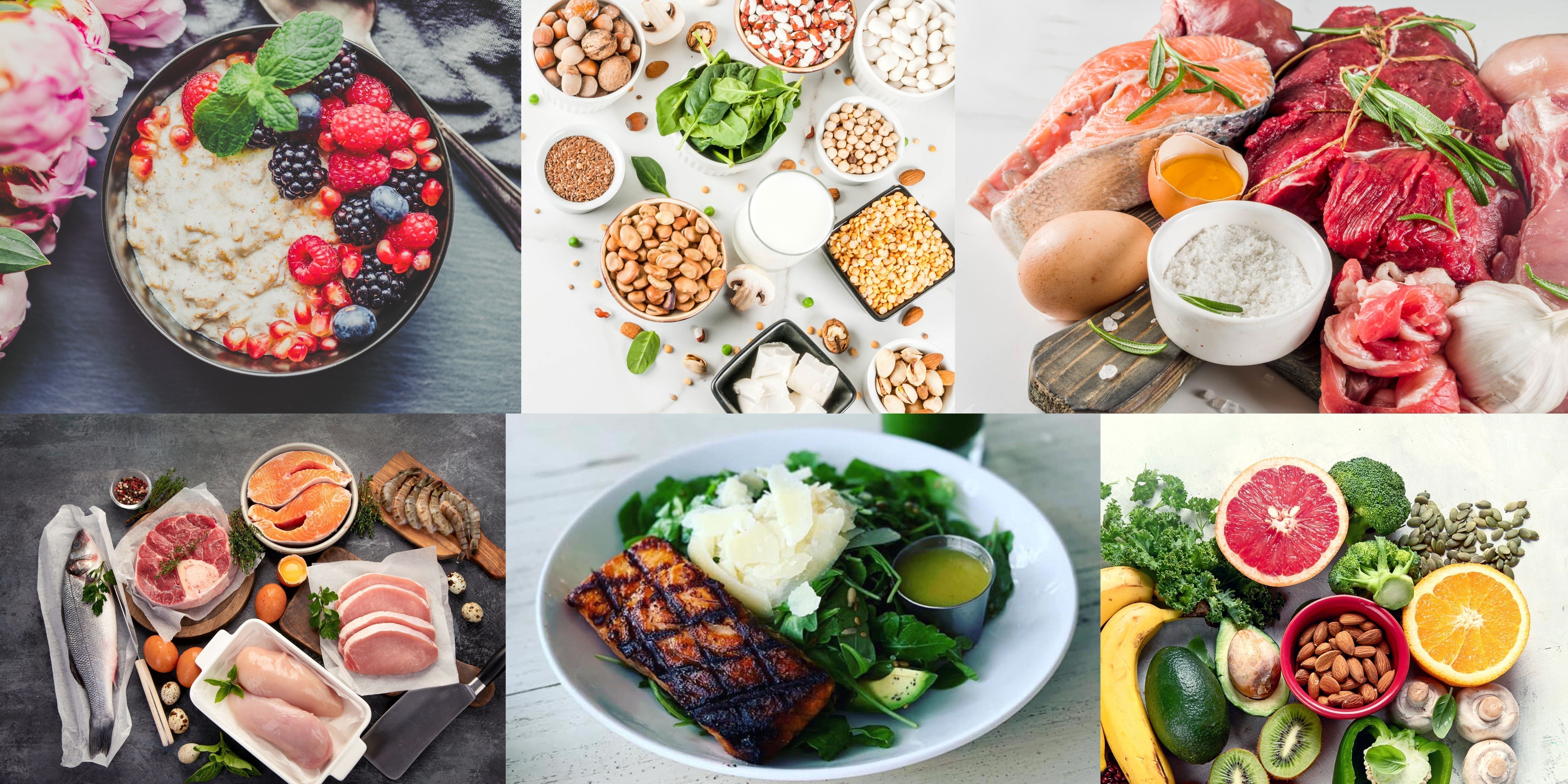Digestion is often referred to as the key to health. It enables us to extract nutrition from the food we eat to fuel and rebuild the body through carbs, fats, proteins, minerals, and vitamins. There is a saying “You are what you eat”, but others say “You are what you digest.” This saying points out that even if you are eating the most nutritious, grass-fed, organic food, if your digestion isn’t working properly, it’s not going to do you much good.
The best nutritionists will not only make healthy food a priority. However, they will focus on getting your digestion optimal at the same time. So you actually benefit from the good food that you do eat. Every other system in the body depends on the digestive system. Nearly 70% of the immune system exists in the digestive system due to all the lymph tissue found there. That means that improving digestion should be top on the list of anyone experiencing ongoing immune challenges. Poor digestion and a leaky gut is also part of the cause of the dramatic increase in food allergies/sensitivities.
In this article I will walk through the digestive process of the upper GI with you and provide some simple tips for improving digestion.
The Importance of A Parasympathetic State for Digestion
First of all, one of the most important factors in digestion can easily be overlooked. This is eating in a parasympathetic state. “The parasympathetic nervous system controls the body’s ability to relax,” which is also known as the “rest and digest” state. Basically, you need to be relaxed when you are eating, and not stressing, multi-tasking, and hurrying about. This means eating in your car or at your work desk isn’t the best idea.
The opposite is a sympathetic state, also known as the “fight or flight” state. This is when your body is prepared to fight. In most cases, it is an invisible foe. In most cases is stress in general that you can’t see but you experience, not running from a tiger. When your body is in this state, it is focused on survival and not digestion. The blood has been shunted away from the stomach and towards the heart and muscles for action, getting ready to run.
The following are some quick tips on how to get in a rest and digest state:
- Eat fully present in the moment. Smell and taste your food and enjoy it. Smelling and thinking about the food you are about to eat activates the brain and triggers it to get the digestion system ready. It can also start salivation.
- Do some deep breathing.
- Turn off the tv, don’t sit in front of your computer or phone, and just sit, eat and enjoy.
When Digestion Goes Right
Now let’s go into some detail on how digestion in the upper GI is supposed to work:
Priming the Pump:
- You are supposed to smell your food and trigger the brain to talk to the stomach to start getting prepared and releasing its juices. The smell and thought of food may start to make your mouth water, which is a good thing.
Relaxed State:
- The first step of digestion is being in a parasympathetic state.
Chewing Well:
- The second step is chewing and really tasting your meal. The saliva in your mouth contains enzymes that start the break down of your food. The longer and more complete you can chew, the better. The more you will get out of your food overall.
Stomach Acid:
- After chewing well, you swallow, and it travels down the esophagus and into the stomach. In the stomach the food, now called a bolus, is churned mechanically by the stomach. This is while stomach acid is poured out to break up the heavy proteins into smaller amino acids. The stomach with its acid is the most important part of digesting protein.
Digestive Enzymes:
- After the bolus (aka food) is broken up enough by the stomach, it gets pushed on through to the top of the small intestines called the duodenum. Here bile is released to play the biggest role in breaking up the fat and emulsifying it in order to be able to absorb and utilize the fats, as well as the fat-soluble vitamins. As long as the bolus, now called chyme, is the right pH from the stomach acid, sodium bicarbonate is released to neutralize the acid and then digestive enzymes are released from the pancreas to further break down the proteins, fats, and carbs through the work of amylase, protease, and lipase.
We will stop here in the digestive process for this article. However, we will have a part II for the rest of the process that will be available next week.
When Digestion Goes Wrong
So now that we know how digestion should work, there are multiple things that can go wrong that we will go over.
Lack of Hydration:
- If you are not properly hydrated, you won’t be making enough saliva and will be lacking enzymes in your mouth to start the process of digestion. Stress may also have an impact on saliva.
Chewing Poorly:
- If you don’t chew your food well, the stomach will have more work to do and it will put a strain on the rest of the system.
Stomach Acid:
- If you don’t produce enough stomach acid and at the right pH, protein digestion will be severely impacted. Your food will sit in your stomach longer, which can allow the proteins to start putrefying, the fats to start rancidifying and the carbs to ferment (think expand). This can be a contributor to acid reflux. This is because the expanding food can reflux back into the esophagus, introducing acid where it doesn’t belong and creating a burning sensation. The majority of the time it is too little stomach acid that is the culprit, not too much. Stress, coffee, and sugar can all lead to diminishing stomach acid. Lack of stomach acid can cause dislike for meat as it begins to sit heavy in the stomach. This is caused by the body not having the full capacity to digest it.
pH Levels:
- When the body finally decides to kick the food from the stomach into the upper small intestine, if it is not the right pH, it doesn’t signal the body to send out the sodium bicarbonate to neutralize the acid and the enzymes aren’t released in the same manner. This causes even less nutrient breakdown that is needed. It also causes irritation in the small intestines as the chyme (digested food) is not the right pH for the small intestines and is too acidic.
Digestive Enzymes:
- As a side note on the digestive enzymes, your pancreas serves as an endocrine organ (playing a major part in blood sugar regulation) and a digestive organ. If you are overconsuming sugar and wreaking havoc on your blood sugar system, the pancreas is going to be working overtime and will have less resources to devote to making digestive enzymes. Digestive enzymes are key to fully digesting and absorbing food.
What to do to Improve Digestion
As you can see there are many things that can go wrong, and this is a rather simplified view. Here are a few tips to improve digestion:
- Eat in a relaxed state. Smell, chew, and enjoy your food!
- Stay hydrated, as stomach juices and saliva use a lot of water to process food, but don’t drink too much water with dinner, as it can actually dilute the stomach acid (stomach acid needs to be very acidic and water is more neutral in pH, there by diluting the acid).
- If you feel that your stomach acid is low, try things like digestive bitters 15 minutes before meals to increase it, or you can also try drinking 1-2 tsp organic raw apple cider vinegar in 8 oz water 30 minutes before meals. Limit coffee, sugars, and stress.
- Try a digestive enzyme with meals for improvement of food breakdown, nutrient absorption, and relief from feeling overfull, gassy, and bloated. These are signs of incomplete digestion. See CapraZyme info below.
- Eat healthy fats for healthy bile production. Remember bile helps breakdown fats, but it is also made up of fats. When people go low fat, no-fat, or eat unhealthy fats, they end up running into trouble as the bile can become thick and viscous from poor quality fats or from not being used if little fat is eaten, which can lead to the formation of stones and gallbladder issues over time.
- I highly recommend seeing a natural minded Naturopath, Functional Medicine Doctor, or Nutritional Therapy Practitioner if you need help with improving digestion and don’t know where to start. They will be able to assess and work with your individual needs to figure out the best plan for you. Everyone is a bioindividual and health is not a one-size-fits-all program.

CapraZyme – Digestive Enzyme
Usually improving stomach acid and consuming digestive enzymes with meals is the biggest way to bring the most relief and improvement of poor digestion. CapraZyme is a great digestive enzyme that is all plant-based and includes lipase (digests fat), amylase (digest starches/carbs), bromelain (helps with protein digestion, anti-inflammatory), protease (protein digesting enzyme), lactase (digests lactose), cellulase (digests plant fibers in veggies), and papain.
It also contains a botanical blend, which is unique to CapraZyme. This includes grapefruit, ginger (known for its digestive benefits), yucca, aloe vera (soothing to stomach and intestines), turmeric (anti-inflammatory) and cat’s claw. L-glutamine is also included, which is an amino acid known to feed and nourish intestinal cells.

Capra Mineral Whey
Capra Mineral Whey is a great multi-mineral concentrate from goat milk whey. It contains around 20 naturally occurring minerals in a bioavailable organic form, making them easy to digest and utilize. Minerals are utilized in so many different ways in the body. Calcium and magnesium help with muscle contraction, which in digestion is important for moving food along. Stomach acid is made from hydrochloric acid. Mineral Whey contains chloride, which is needed to make stomach acid. It also contains sodium, which is needed to make the sodium bicarbonate to neutralize the acid from the stomach when the chyme (digested food) enters into the small intestines.
There is one more thing that is special about sodium and Mineral Whey. It is something that I had not known before I read Dr. Bernard Jensen’s article on sodium. One of the things Dr. Jensen emphasizes with sodium and the stomach is that sodium is richest in the stomach lining. That is because it neutralizes acid and is alkaline. The stomach lining itself needs to be very alkaline to protect itself from the very acidic stomach acid being pumped into the center.
However, the body pulls from the sodium in the stomach to bring the sodium to various parts of the body when acidity occurs elsewhere. Say in the joints or in the eyes from eye strain. Over time this leaves the stomach lining wall depleted of sodium. To protect itself and can lead to irritation and imbalance in the long run. If you haven’t checked out Dr. Jensen’s article yet, I highly recommend it (linked above).
That is it for part 1. I hope you found it helpful and interesting in understanding your digestive system. The integral system to the health of the body. Join us next week for part 2!






Share:
Healthy Dinner Ideas
Unlocking The Keys to Digestion - Part 2: Lower GI